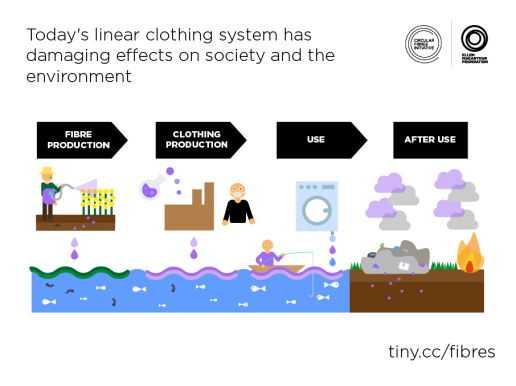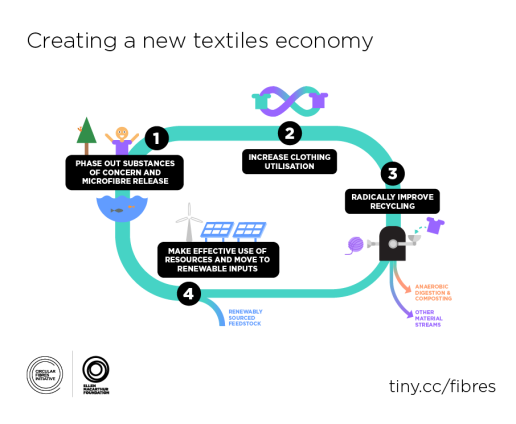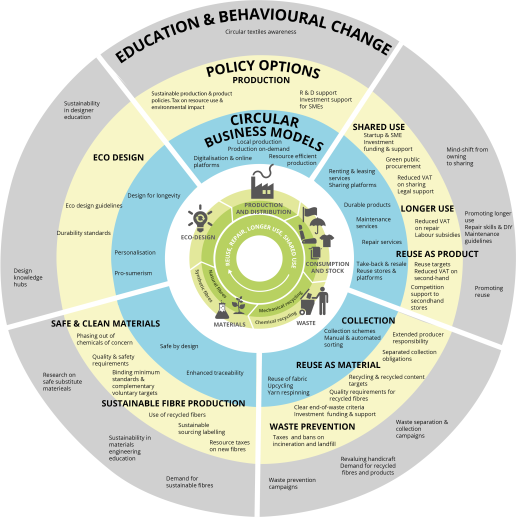The New Textiles Economy, A Catalyst for Transformation?
AN INDUSTRY INSIGHT BY FASHNERD FOUNDER MUCHANETA KAPFUNDE.

Although textile businesses play a fundamental part in the global economy, future-proofing this somewhat rigid industry with new technologies is no small feat. The good news is that cutting-edge innovations now have more authority than ever before. No longer labelled as gimmicky, these actionable tech solutions represent a real-life potential to change the textile world’s processes, materials, and techniques for the better. Which brings us to the question, how can one become an active shaper in the new textiles economy?
A New Mindset Speeds up Implementation
With the pandemic still dictating how we do business, new technologies have become unlikely superheroes. Bringing about a new mindset to the fashion and textile industry, new innovations have been encouraging companies to seize the opportunity to shift their trajectory towards a new textiles economy. But what is the new textiles economy?
Driving positive change during these challenging times, the new textile economy promises long-term benefits built on the reuse, remake, and recycle models. Based on circular economy principles, Ellen MacArthur Foundation’s paper called ‘A new textiles economy: Redesigning Fashion’s Future’, defines the new textile economy as “regenerative and restorative”. Designed to “phase out the use of non-renewable resources”, the new textiles economy can minimise the adverse impact by significantly reducing resource usage during the production, while in use, and after-use phases.

An excellent example of a company speeding up implementation with a new mindset is Nike. Committed to phasing out non-renewable resources, Nike adopted the ‘Rewire’ approach, which is a supply-chain strategy based on “integration, incentives, and innovation”. It was a change that helped Nike propel sustainability to the forefront of their business strategy.

A Shared Vision Sets New Industry Standards
As the new textiles economy ushers in a different system level, a shared vision is emerging. Encouraging rapid acceleration within the textiles industry, the shared vision represents an opportunity for textile businesses to commit to disruptive partnerships that enable a more effective system-wide progress. Collaborations have not only been playing a vital role in stimulating strategies, but they have also made it possible for textile businesses to test new models at scale.
Setting new industry standards are companies like Reverse Resources. Described as the Uber of textile waste, Reverse Resources is a tracking and trading platform for textile waste that brings manufacturers and buyers together. Providing 360-degree transparency of the waste flows, Reverse Resources is one of many innovative companies taking critical action in supporting the new textiles economy by being an active shaper bringing about a systemic fix that supports structural change.
A Catalyst for Transformation?
Is the new textiles economy a catalyst for transformation? The answer is yes. The transformation of the textile industry is steering businesses towards a new textiles economy that is economically and environmentally better for everyone. Built on a shared vision and fueled by new technologies, the new textiles economy is excitingly ushering in a long-overdue evolutionary change of the linear system, which has been ripe for disruption for a very long time.

ABOUT THE AUTHOR
Founding editor-in-chief of FashNerd.com, Muchaneta has worked in the fashion industry for over 14 years. She is currently one of the leading influencers speaking and writing about the merger of fashion with technology and wearable technology.
Muchaneta Kapfunde | editor@fashnerd.com

